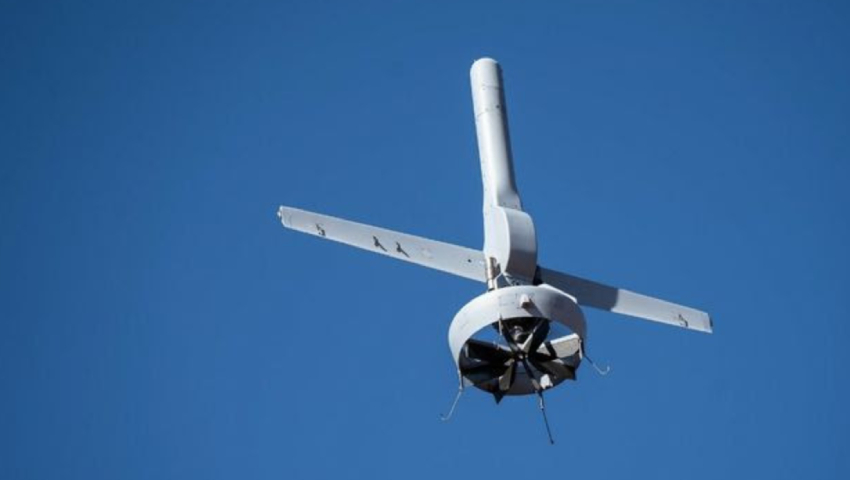The bolstered ISR platform has completed flight testing as part of a US Army program aimed at bolstering ISR capability.
Northrop Grumman and Martin UAV (recently acquired by Shield AI) have wrapped up flight testing of a V-BAT unmanned aircraft system (UAS), fitted with new features, including GPS-denied navigation and target designation capabilities.
The flight testing forms part of the US Army’s Future Tactical Unmanned Aircraft System (FTUAS) program in Camp Grafton, North Dakota, aimed at offering a near zero footprint, flexible vertical take-off and landing (VTOL) capability.
The new system is expected to be capable of persistent aerial reconnaissance for US Army Brigade Combat Teams, Special Forces, and Ranger battalions.
“The team brings more than 30 years’ experience in the production, delivery and sustainment of unmanned aircraft systems to support this critical mission today and into the future,” Kenn Todorov, sector vice president and general manager, global sustainment and modernisation at Northrop Grumman, said.
The new offering is billed as a compact, lightweight, simple to operate device, capable of being set up, launched and recovered by a two-soldier team in confined environments.
The V-BAT is also designed with sufficient payload capacity to carry a range of interchangeable payloads, including electro-optical/infra-red (EO/IR), synthetic aperture radar (SAR), and electronic warfare (EW) payloads.
Shield AI’s recent acquisition of Martin UAV is expected to support the rapid development of GPS-denied and autonomy capabilities for V-BAT through the future porting of its autonomy stack, Hivemind onto V-BAT.
Hivemind leverages path-planning, mapping, state estimation, computer vision algorithms, and reinforcement learning and simulations, to train unmanned systems to execute a variety of military operations, including infantry clearance operations, and the breaching of integrated air defence systems.
[Related: Shield AI to acquire Martin UAV]



